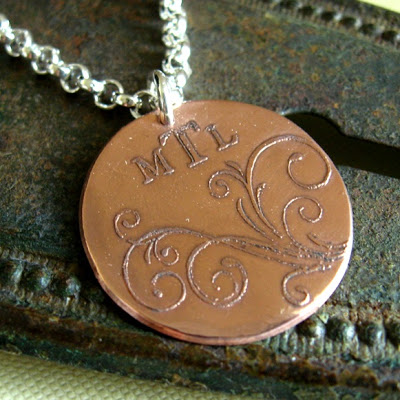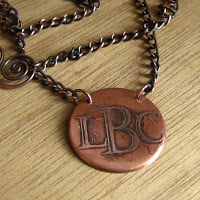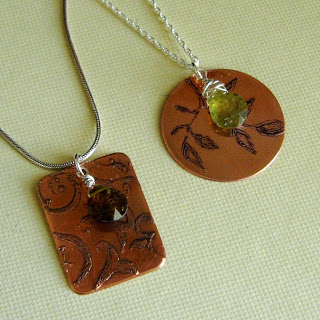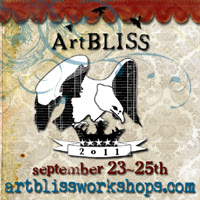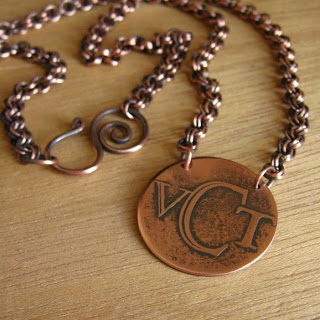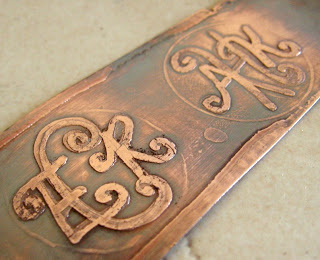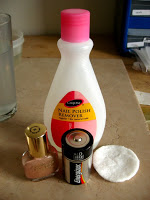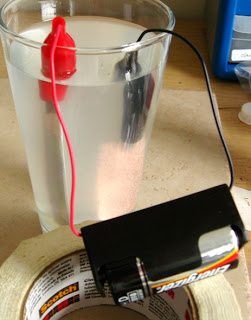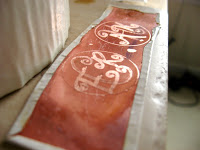It’s been a quiet summer in my studio. My little ones are home and it’s a slower time for sales, plus there are things going on behind the scenes that have hijacked my attention, so I enjoyed having a little break from making jewelry. But preschool is starting back up and I’m itching to work on ideas that have been swirling around in my head.
I have etched copper using chemicals or saltwater, but there is an unused sheet of nickel silver that has been sitting in my studio for years. I bought it on a whim back when I used to be able to hop on a train and shop for supplies in New York City for the day. (I laughed out loud when I saw how little I had paid for it!) Because it contains nickel, an element that causes a skin irritation for some people, I hadn’t used it in any of my metalwork yet. It’s not as soft as sterling, doesn’t actually contain any silver, and doesn’t polish up as brightly either, so it is kind of the black sheep of the white metals family. But I remember making a note to myself that this stuff can be etched like copper with supplies found at Radio Shack, unlike silver. And thanks to my trolling Pinterest during summer break (ahem), I got the idea to make etched nickel silver components for drop earrings. The earwires would be sterling silver, and no other part touches skin.
I had another unused product I had bought a while ago, a StazOn ink pad, which is supposed to stick to all kinds of non-paper surfaces. I applied it to a rubber stamp, then stamped that on the cleaned surface of the metal. After that dried I filled in a little with a fine Sharpie, then let it go swimming in ferric chloride. (Parents, please do not let your children swim in ferric chloride. It will stain their swimsuits.)
After etching and neutralizing I oxidized it with Black Max, which was surprising because it doesn’t work on copper, but I prefer it on silver because it’s faster, easier, more color-neutral, and less smelly than liver of sulfur (and reusable). Then I polished off the raised areas and am really tickled with the results. I can tell which leaves were added with the marker, but I’m okay with that.
I had intended to make fat rectangles for the earring components, but after I cut one I decided it would look better (and go further) halved into long rectangles. I like linear earrings anyway; they’re more flattering to the face and less likely for the nickel to touch the skin as well. I don’t mind the muted gray of the nickel, as opposed to the bright white of the sterling silver. It pairs well with labradorite, which has its own interesting, stormy look going on.
Here is another pair with white freshwater pearls.
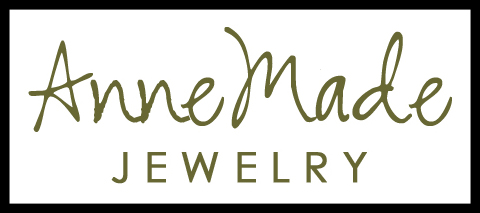
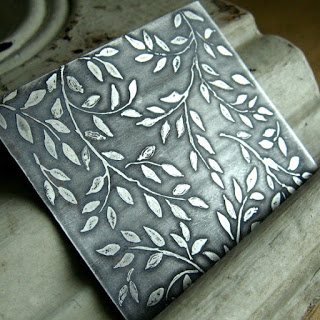
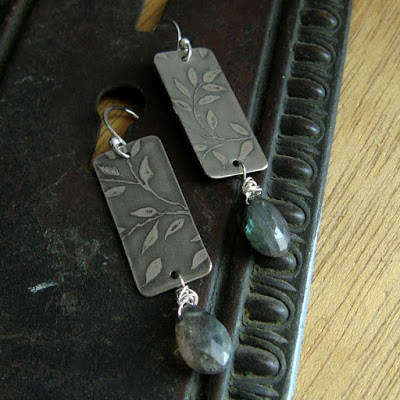
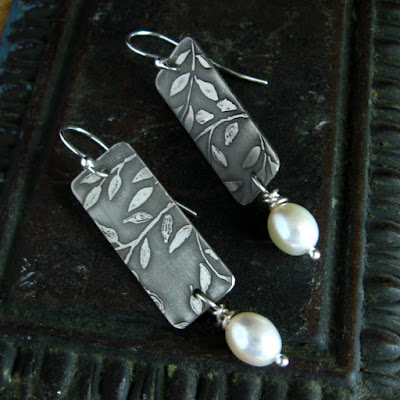
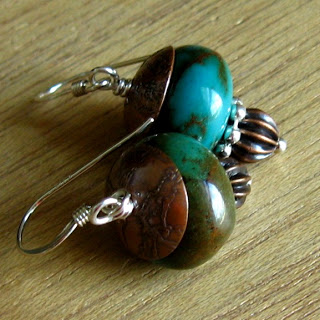
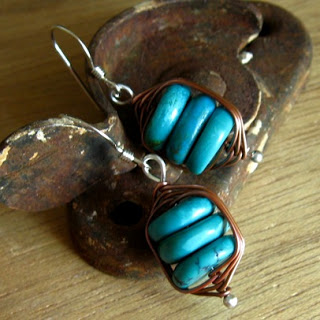
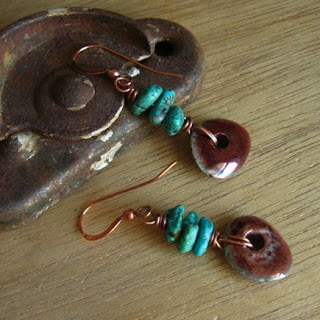
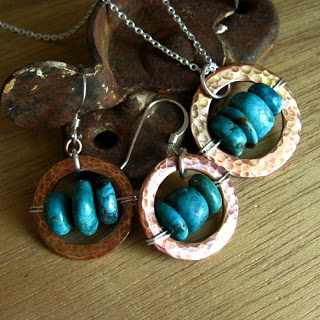
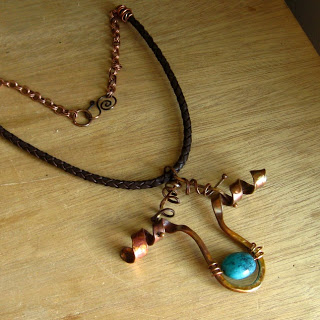
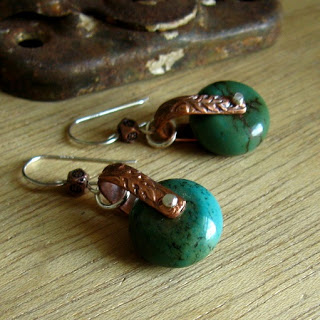
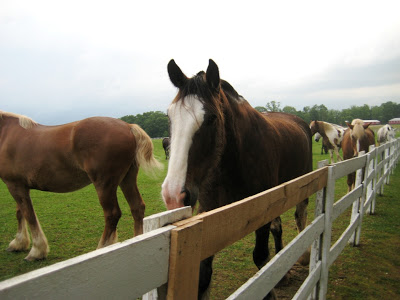 A word about Sedona… Although featuring copper and turquoise, I don’t intend for this line to look “southwestern.” The turquoise isn’t the bright, clear stuff from Sleeping Beauty mine that is commonly found in inlaid Native American jewelry. There will be no silver feathers, squash blossoms, or scalloped bezels. I wanted it to have more of a “western” feel… My inspiration includes horses, their leather tack and silver stirrups, a little bit rustic and rugged.
A word about Sedona… Although featuring copper and turquoise, I don’t intend for this line to look “southwestern.” The turquoise isn’t the bright, clear stuff from Sleeping Beauty mine that is commonly found in inlaid Native American jewelry. There will be no silver feathers, squash blossoms, or scalloped bezels. I wanted it to have more of a “western” feel… My inspiration includes horses, their leather tack and silver stirrups, a little bit rustic and rugged.